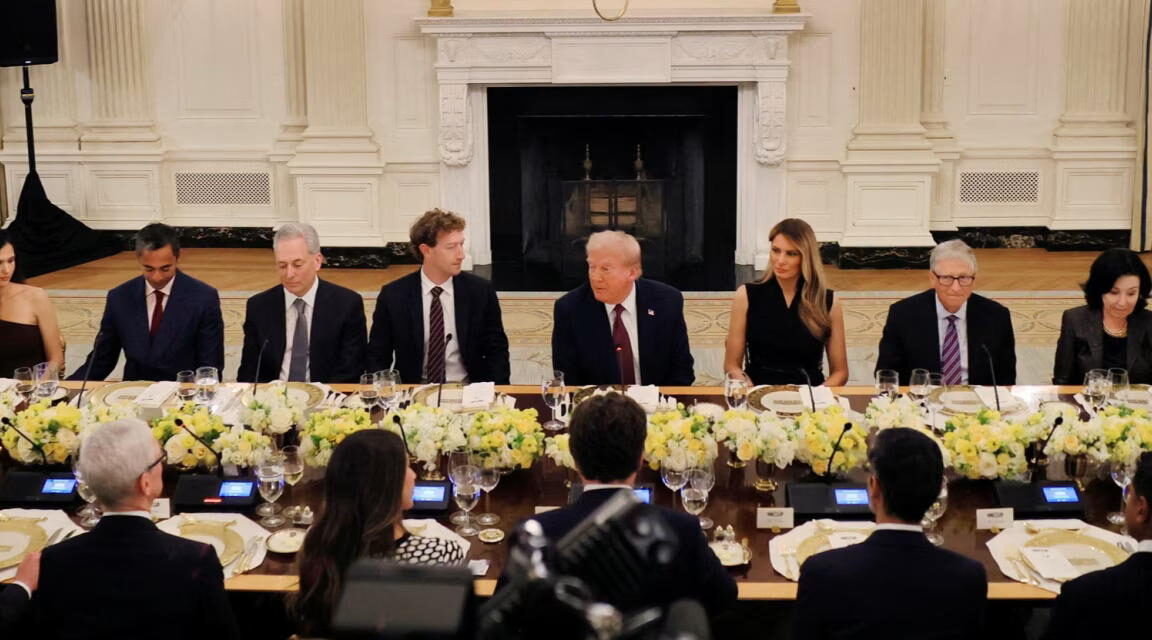Introduction to the Trump AI Chip Policy Reversal
The Trump administration has announced a significant shift in its approach to advanced computing technologies, particularly in the global market. This change comes as the administration prepares to dismantle the complex three-tier regulatory framework established by the Biden administration. The Biden framework, set to take effect on May 15, 2025, aimed to create a stratified global technology landscape with implications for international trade, innovation, and geopolitical relationships.
Understanding the Biden Administration’s Framework
The Biden administration’s Framework for Artificial Intelligence Diffusion would have restricted China’s access to cutting-edge chips while maintaining US leadership in artificial intelligence technology. The framework represented a four-year effort to balance national security concerns with commercial interests. It established a hierarchical structure for global technology access, with three tiers of countries having different levels of access to advanced AI chips.
The Three-Tier System
The three-tier system consisted of:
- The first tier, comprising 17 countries plus Taiwan, which would have enjoyed unlimited access to advanced AI chips.
- The second tier, consisting of approximately 120 countries, which would have operated under strict numerical caps limiting their imports.
- The third and final tier, including China, Russia, Iran, and North Korea, which would have been completely blocked from accessing these technologies.
The New Approach Taking Shape
The Trump administration views the existing approach as fundamentally flawed and plans to replace it with a simpler rule that promotes American innovation and ensures American AI dominance. Instead of the tiered system, the administration is considering implementing a global licensing regime supported by inter-governmental agreements. This approach would offer more flexibility and maintain controls over sensitive technology.
Market Reaction and Industry Impact
The policy reversal has already sent ripples through financial markets, with shares of Nvidia, a dominant manufacturer of chips used for training AI models, ending 3% higher following the announcement. The company has consistently opposed growing US restrictions, arguing that American companies should be able to sell into China, which is predicted to become a $50 billion market for AI chips in the next couple of years.
Global Winners and Losers
The policy reversal creates a complex map of potential winners and losers in the global technology landscape. Countries like India and Malaysia, which hadn’t faced chip restrictions before the Biden rule was unveiled, will see temporary relief. Middle Eastern nations, such as the UAE and Saudi Arabia, which have faced chip export controls since 2023, may now be able to negotiate more favorable terms.
Uncertainty Ahead
The Trump administration is currently developing a new control scheme, which could emerge as either a new rule or an executive order. The transition period creates significant uncertainty for companies regarding the regulatory environment they’ll face in the coming months. While the new framework takes shape, the administration has indicated it will continue enforcing existing chip export controls.
Balancing Competing Priorities
The Biden administration’s export controls were designed to limit access to chips needed for cutting-edge AI development, with a particular focus on preventing Chinese firms from finding indirect routes to technology that existing export controls prevented them from importing directly. Creating a balanced approach that addresses national security concerns while promoting US commercial interests presents significant challenges.
Conclusion
The shift in Trump AI chip policy reflects the administration’s broader emphasis on American competitiveness and innovation while still maintaining control over technologies with national security implications. As officials work to craft a replacement framework, the global AI chip market remains in flux, with profound implications for technological development, international relations, and corporate strategies in the evolving artificial intelligence landscape.
FAQs
- What is the Trump AI chip policy reversal?
The Trump administration’s decision to dismantle the Biden administration’s three-tier regulatory framework for advanced computing technologies in the global market. - What was the Biden administration’s framework?
The Framework for Artificial Intelligence Diffusion, which aimed to restrict China’s access to cutting-edge chips while maintaining US leadership in artificial intelligence technology. - What is the new approach being considered by the Trump administration?
A global licensing regime supported by inter-governmental agreements, which would offer more flexibility and maintain controls over sensitive technology. - How will the policy reversal affect the global technology landscape?
The policy reversal creates a complex map of potential winners and losers, with countries like India and Malaysia seeing temporary relief and Middle Eastern nations potentially negotiating more favorable terms. - What are the implications of the policy reversal?
The policy reversal has significant implications for technological development, international relations, and corporate strategies in the evolving artificial intelligence landscape.











